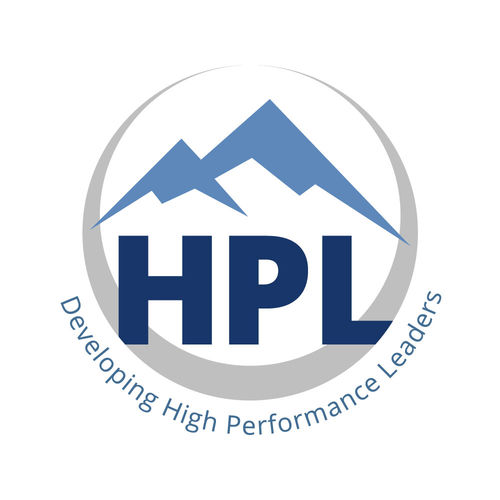
|
|
||
|
Visual control boards may not look overly complex, but establishing an effective board and establishing a robust review cadence can be more challenging than initially anticipated. The benefits, however, can be phenomenal! We learned first hand what some of these benefits are during a recent visual control benchmarking gemba.
On 12 and 13 February, High Performance Leaders Inc. (HPL) facilitated a visual control board workshop for the Technology Team lead by Travis Vokey, VP and Head of Technology at Dream Unlimited. The first day was a workshop focused on the key attributes of visual control boards, and a working session to begin defining the team's value proposition and key performance metrics. On the second day, there was a benchmarking gemba to Crystal Fountains, Baylis Medical, and Bell Mobility to see and learn first hand from their experiences and existing visual control boards.
Our focus during the benchmarking gemba was to see non-manufacturing areas. Since there can be a stigma that visual control boards are only for manufacturing, we wanted
The Dream team was able to participate in a regular daily huddle in action while at Crystal Fountains. It was fantastic to see and hear the enthusiasm and see the high level of engagement from each of the host company staff members. They were all believers in visual boards. However, that was not always the case. When we asked an engineering team who was the biggest skeptic when they first introduced the boards, an engineer stepped forward and boldly said "Oh, that would have been me!" He went on to explain that he first thought it would just be more work and a waste of time. However, now he admits, the board and the daily huddle has improved communication and work distribution. He's now a believer!
It was motivational to listen to each of the host company staff members talk about what they like about the boards and how they have made their jobs easier, improved team work, and driven solid improvements. Here's some of benefits and results they shared with the Dream team:
At Bell Mobility, the Regional Operations team is involved in over 2,000 projects across the country. Approximately 8 years ago they started tracking key aspects of their projects using typical white board style visual control boards. Then about 3 years ago they implemented digital boards (D-boards) to track and coordinate these massive projects between all stakeholders across the company.
According to Nitin Gautam, Network Access Manager and Robert Dillenbeck, Senior Manager, Territory Operations at Bell Mobility, the D-boards provided certain advantages over the traditional visual control boards including:
In my opinion, D-boards should be implemented with extreme caution. As discussed in a previous article Should Smart Screens Replace Pen & Paper on the Shop Floor?, D-boards can be problematic with potentially lowering visibility if they are not frequently and routinely interacted with becoming nothing more than a information board that over time can become virtually invisible. The most concerning problem though, is that changes to what is tracked and displayed can be slow and costly to revise and continuously improve. So, if D-boards are going to be implemented, be sure to anticipate these problems had have a solid plan to address and overcome them. No doubt they can be powerful and do offer some great benefits, but do watch out for the pitfalls.
The Dream team learned a lot and received some good advice from the 3 host companies. A few of the key points they were advised on included:
|
||
|
||
|
||
|
||
|

|
|
HPL Administrator 7 November 29, 2024 |

|
|
Sabrina Sommerville 1 August 15, 2024 |

|
|
Glenn Sommerville 45 June 6, 2024 |